1/5








2-18L Rigid-Flex PCB
$1.00 / pcs
1pcs (MOQ)
- FOB Price:
- Negotiable | Get Latest Price
- Order Quantity:
- 1 Set / Sets
- Supply Ability:
- 1000 Set / Sets per Month
- Port:
- shanghai
- Payment Terms:
- T/T L/C D/P D/A Credit Card PayPal Cash Escrow Other
- Delivery Detail:
- 5 days
Hot in store
-

Solar Inverter Pcb Green Ink Main Circui
$5.00 -

Customized mobile powerbank Wireless Ch
$9.80 -

FPC for beauty instrument | LHD #PCB
$10.00 -

12 layer PCB with step gold fingers
$10.00 -

0.4mm thin Fr4 PCB Board |LHD PCB
$5.00 -

Thin Antenna FPC Board |LHD PCB
$10.00 -

2-18L Rigid-Flex PCB
$1.00 -

16 layer 7.5mm PCB with edge plating
$50.00
Product Details
Rigid-Flex PCB Advantages
1. Survive high levels of shock and vibration
2. Survive hundreds of thousands of flex cycles
3. Reduce package weight
4. Increase circuit density
5. Decrease necessary assembly operations
Rigid-Flex PCB Applications
Rigid flex boards are extremely versatile and can be tailored to applications across a wide range of industries. They are highly suitable for military, aerospace, and medical devices, but they can also be implemented towards certain commercial products.
LHD will make this innovation according to the requirements of our customers and the expertise of our engineers. Achieve three-dimensional assembly, saving assembly space and making electronic products smaller and lighter.
Rigid-Flex PCB - Technical specification
| Feature | LHDPCB SPECIFICATION |
| Number of layers | 2-18L |
| Technology highlights | Mixed materials including RF and high speed, standard FR-4, polyimide Flex. Adhesive less or adhesive based polyimide flex Constructions, with cover coat or ?exible solder mask materials |
| Bending performance | Bend radius controls the flexibility of the flex portion of the board. The thinner the material the lower the bend radius and the More ?exible the ?ex section. |
| Materials | RA's copper, HTE copper, FR-4, polyimide, adhesive |
| Copper weights (finished) | 18-70um |
| Minimum track and gap | 0.075 mm / 0.075 mm |
| PCB thickness | 0.3 mm to 5 mm |
| PCB thickness in flex section | 0.05 mm to 0.8 mm |
| Maximum dimensions | 450 mm to 600 mm |
| Surface finishes available | ENIG, OSP Immersion tin, Immersion silver |
| Minimum mechanical drill | 0.2 mm drilled (0.15 mm finished) |
Contact with Supplier
Recommend product
-
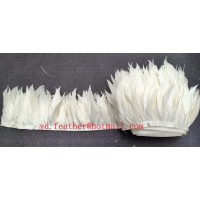
Stripped Soft Goose Fe
$3.00 -
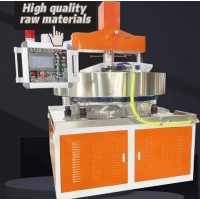
plastic ball grinding
$30000.00 -
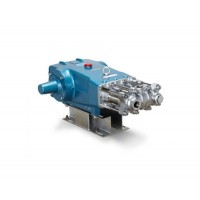
CAT piston pump 281
$4000.00 -
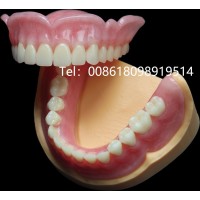
Droichead Zirconia Plu
$10.00 -
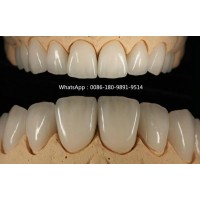
E.max crown, Veneer, I
Inquiry -
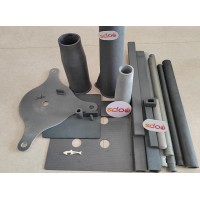
ReSiC Beams/plates/bur
$16.00 -
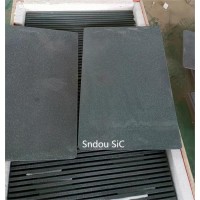
RSiC Slabs Boards Tile
$15.00 -

RSiC Batts as Kiln she
$15.00 -
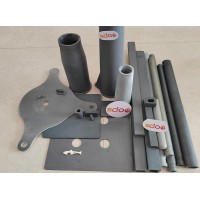
RSiC Tube by recrystal
$10.00 -
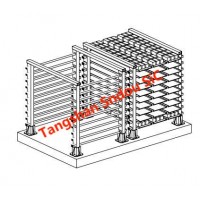
RSiC Kiln Furniture (B
$16.00 -
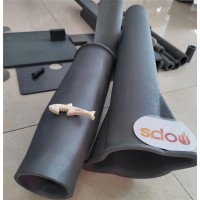
RSiC Burner Nozzle Fla
$18.00 -
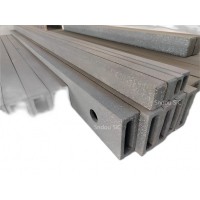
RSiC Beam Support Pill
$16.00 -
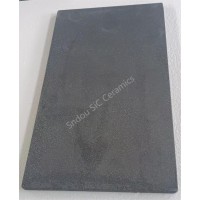
RSiC plate Slab Board
$15.00 -

NSiC Tube Pipes by Nit
Inquiry -
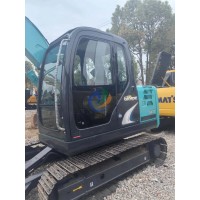
used excavator hudraul
$16600.00 -
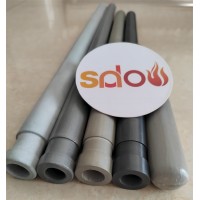
NSiC Thermocouple Prot
Inquiry -

Stalk Riser Tube for L
Inquiry -

NSiC Ceramic Heater Pr
Inquiry -

RSiC NSiC Ceramic Kiln
Inquiry -
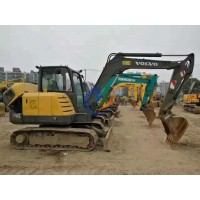
used excavator hudraul
$11500.00
Product parameters
- brand:
- LHD PCB
closure
This shop is operated by agent
- Set up shop
- Authorized by Manufacturers & Suppliers online marketplace B2B platform GongWong.com, can provide agency service
- Service Introduction
- Authorized product, Internet cloud promotion service integrating certification promotion and procurement inquiry
- Intelligent website construction
- PC terminal + mobile terminal, create a cost-effective corporate website!
closure